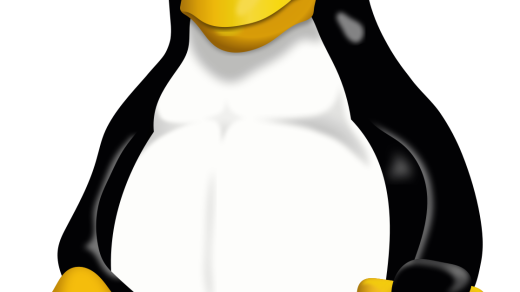Welcome to the world of Node.js! In this beginner-friendly tutorial, we will explore the basics of Node.js and learn how to get started with this powerful JavaScript runtime environment. Let’s dive in!
Getting Started with Node.js
To get started with Node.js, the first step is to install it on your system. You can download the installer from the official Node.js website and follow the installation instructions. Once Node.js is installed, you can start using it to build applications.
Node.js uses JavaScript, so if you have some experience with JavaScript, you will find it easier to work with Node.js. However, even if you are new to JavaScript, you can still learn Node.js with some practice and patience.
One of the key concepts in Node.js is the use of modules to organize your code. Modules are reusable blocks of code that can be easily imported and used in your applications. You can create your own modules or use modules created by the Node.js community.
Another important concept in Node.js is the use of npm, the Node Package Manager. npm is a tool that allows you to easily install and manage dependencies for your Node.js projects. By using npm, you can quickly add functionality to your applications without having to write all the code yourself.
Understanding Node.js Fundamentals
Node.js is a powerful runtime environment that allows developers to run JavaScript code outside of a web browser. It is built on Chrome’s V8 JavaScript engine, making it fast and efficient for server-side applications. Understanding the fundamentals of Node.js is essential for anyone looking to dive into server-side development.
One of the key concepts in Node.js is its non-blocking, event-driven architecture, which allows for asynchronous programming. This means that multiple operations can be executed simultaneously, improving performance and scalability. Another important concept is the use of modules to organize code and share functionality between different parts of an application.
To get started with Node.js, beginners should familiarize themselves with the core modules provided by Node.js, such as fs (file system) and http. These modules allow you to perform tasks like reading and writing files, as well as creating HTTP servers. Additionally, learning how to use npm (Node Package Manager) to install and manage third-party packages is crucial for expanding the capabilities of your Node.js applications.
By mastering these fundamentals, beginners can start building robust and scalable server-side applications using Node.js. With practice and dedication, you can become proficient in using Node.js to create dynamic and high-performance web applications.
Node.js Development Environment Setup
To set up your Node.js development environment on Linux, start by installing Node.js and npm using the package manager provided by your distribution. You can do this by running a simple command in your terminal.
Next, you may want to consider using a code editor such as Visual Studio Code, which offers great support for Node.js development with features like IntelliSense and debugging capabilities.
Once you have your editor set up, you can start creating your first Node.js application by writing a simple “Hello World” program. This will help you get familiar with the basic structure of a Node.js application and how to run it using the terminal.
Remember to regularly update your Node.js and npm versions to keep up with the latest features and security updates. This will ensure that your development environment is always up to date and running smoothly.



